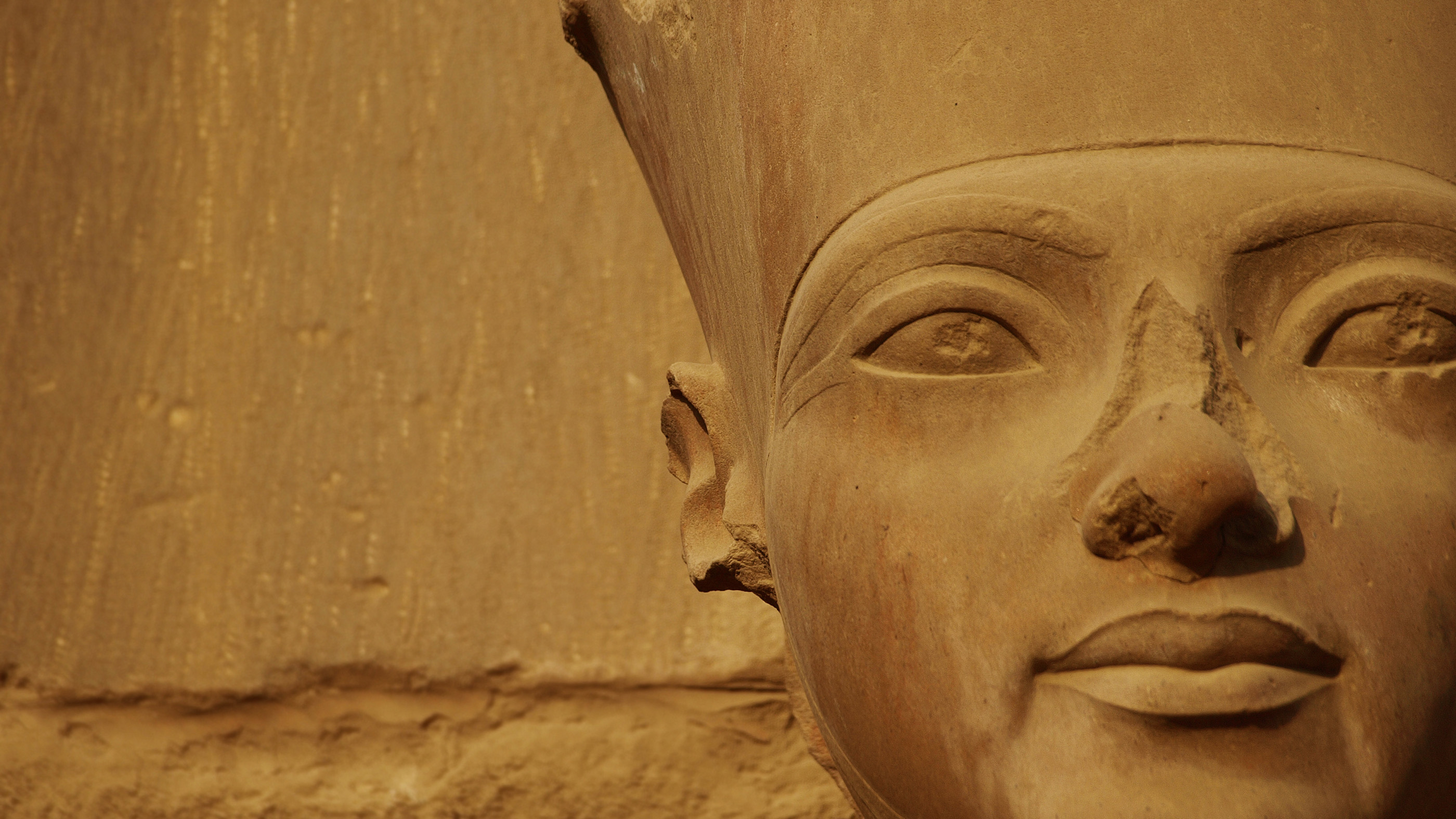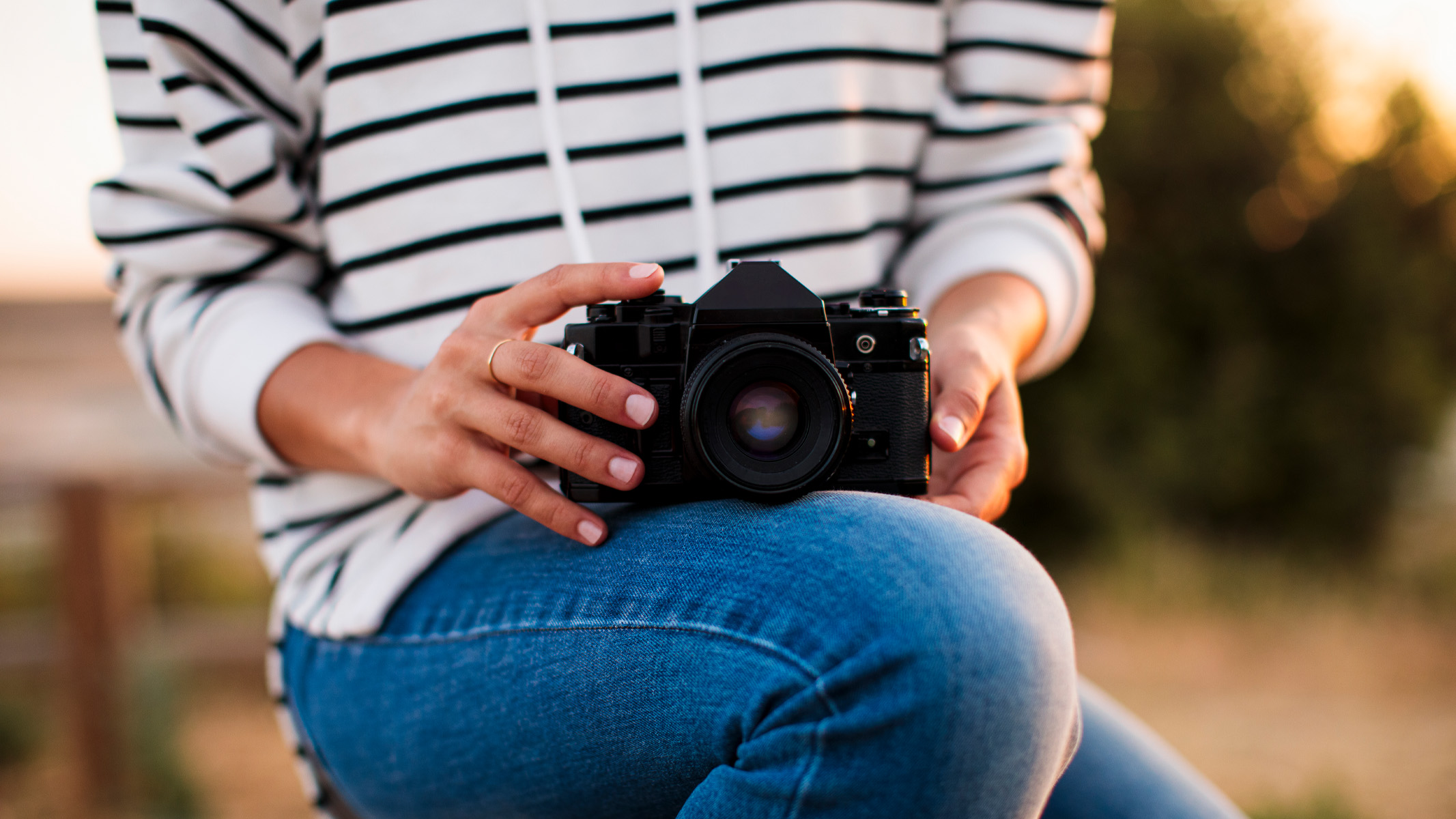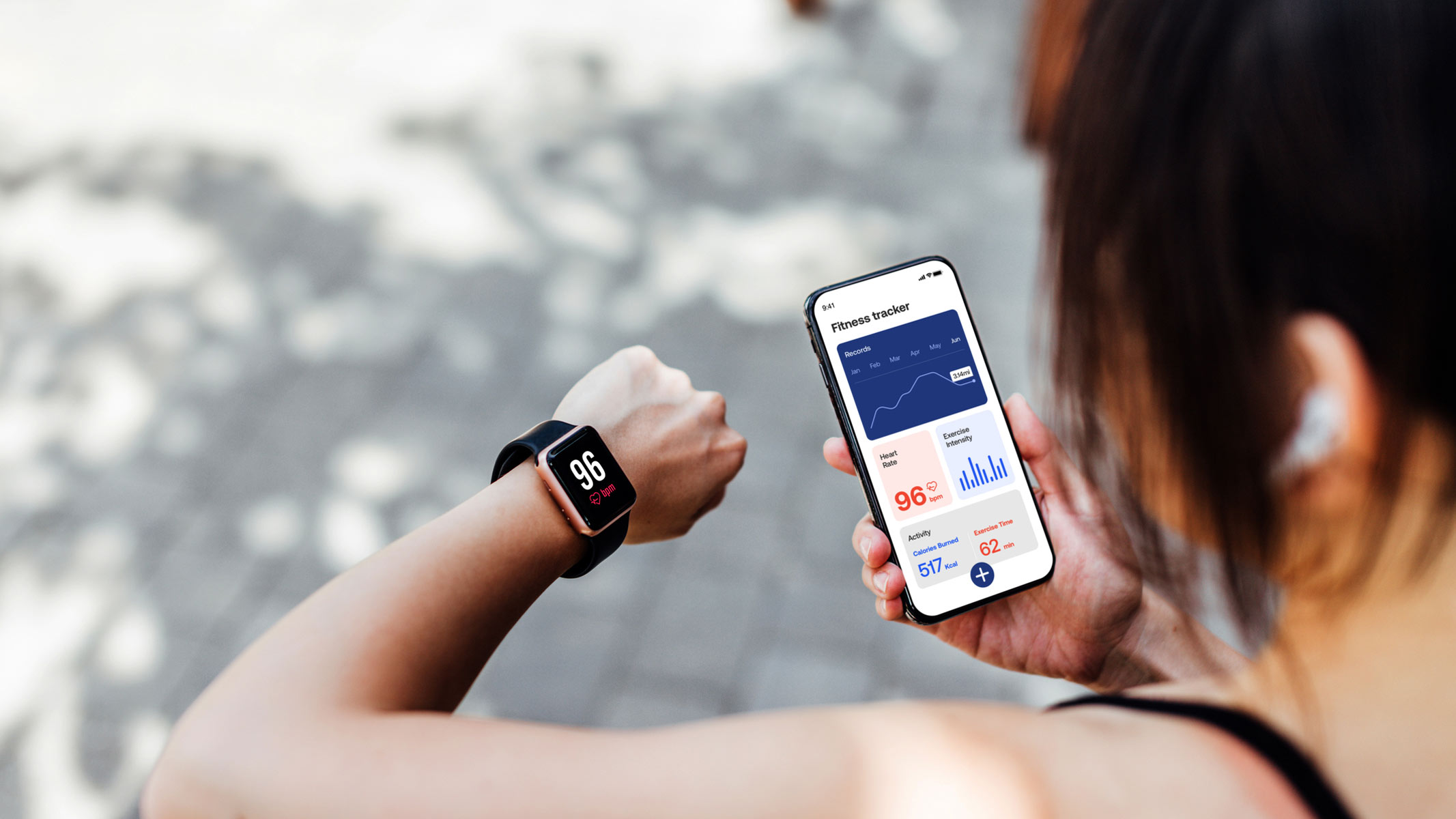Best MacBooks for students 2025: Get the best Apple tech for working on the go
The best MacBooks for students blend performance with style and portability, and won't bankrupt those on a budget.
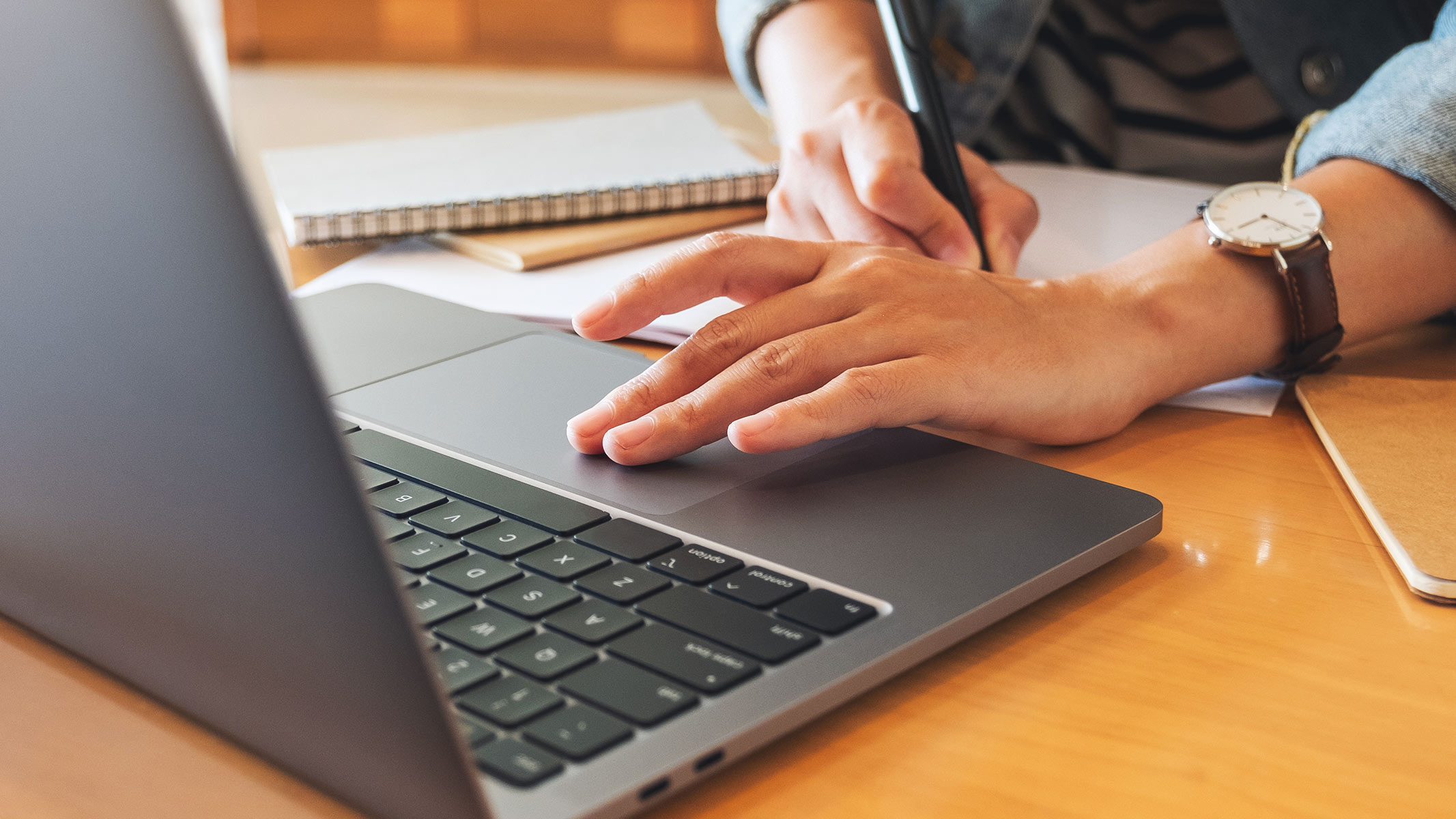
Like all of the best laptops for students, the best MacBooks for students are portable, powerful, and won’t break the bank. While MacBooks tend to be slightly more expensive than their Windows-driven counterparts, they offer myriad advantages to offset the higher price tag. Since Apple manufactures a large percentage of the hardware and software baked into their machines, MacBooks tend to be more reliable, especially over the long term, than Chromebooks or Windows laptops.
They also tend to be incredibly efficient. One of the biggest advantages of a portable Mac is the incredible battery life, with some models offering 20 hours of uninterrupted usage or more. Apple now offers a wide and versatile range of MacBooks, including the lightweight and portable Air and the more powerful Pro, all of which are now powered by their proprietary M-series chips. Regardless of which you choose, the MacBooks on our list all offer a solid balance of portability, performance, and advanced features.
The Quick List
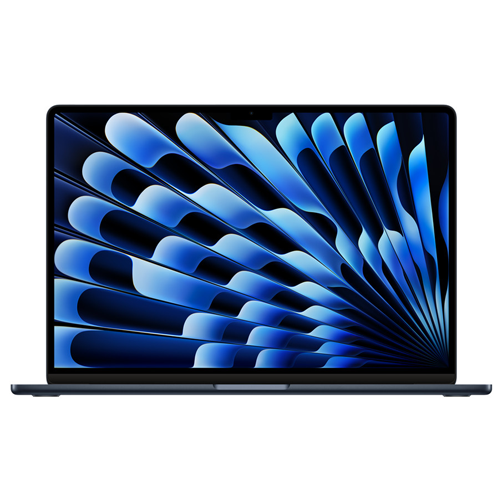
Best all-round laptop for students
A powerful laptop with a larger display and a great battery life? Yup, this is the MacBook you are looking for.
For
- Great design
- Powerful but power efficient
- Larger display
Against
- 256GB storage is low
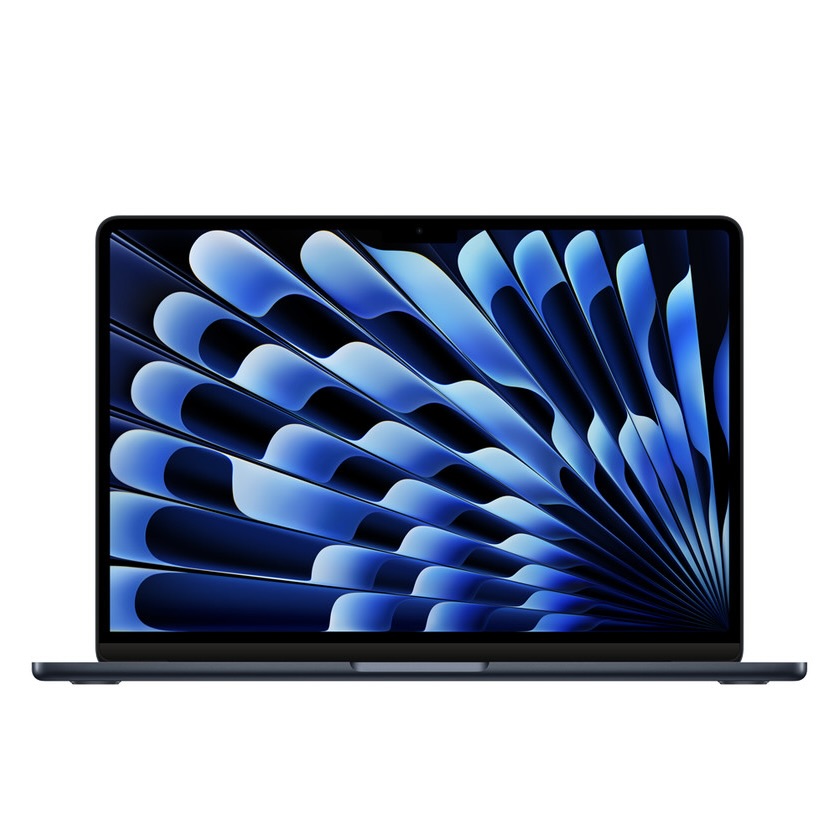
Most portable MacBook
The M3 MacBook is easy to throw into a bag or anyone looking for a laptop that's easy to use on the sofa.
For
- Great performance
- Very good battery life
- Slimline design
Against
- More expensive than previous model
- No fast charger as standard
- Increased storage is a must
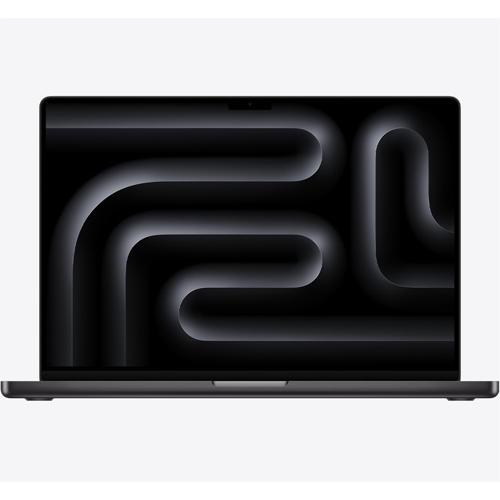
MacBook with the best battery life
The best of the best is the 16-inch MacBook Pro, which has exceptional battery life as well as the M3 Max processor.
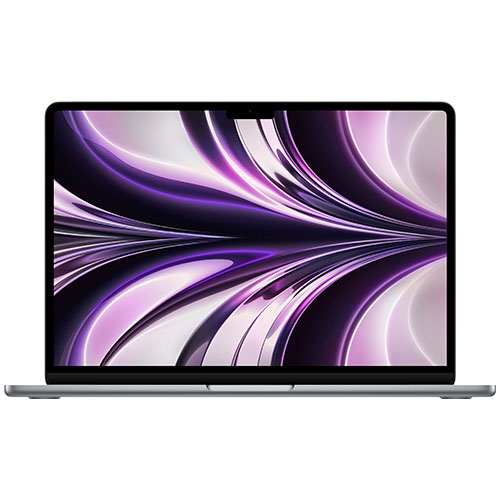
Cheapest MacBook
The MacBook Air with M2 is still a great machine and is actually a little slimmer than its M3 successor thanks to its classic 'tapered' design.
For
- Most affordable Apple laptop
- Incredibly portable
- Can run many iPhone apps
Against
- Design is looking dated
- 720p webcam
- Lacking ports
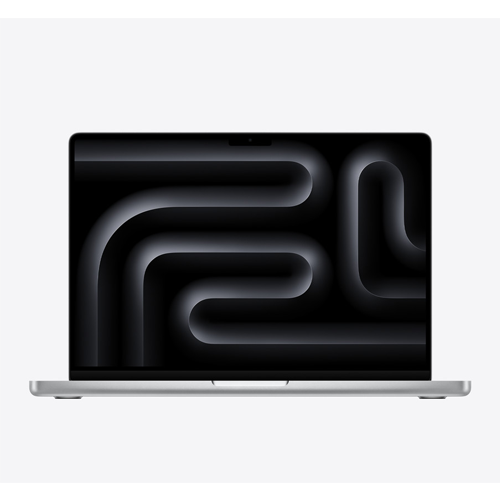
Best MacBook for creatives
The current MacBook Pro models have the best laptop screens on Apple machines, and desktop-level performance, too.
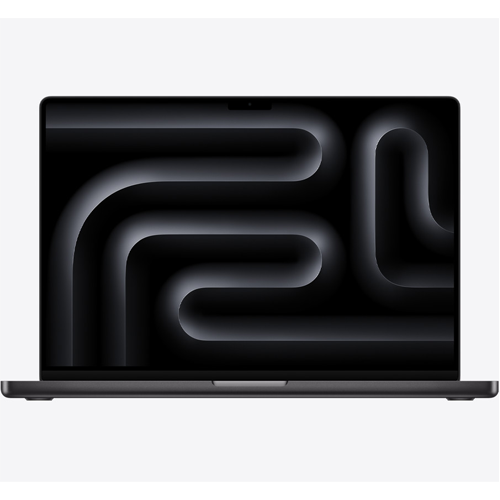
Best MacBook for video editing
It's difficult to recommend the MacBook Pro 16-inch over its 14-inch sibling for most, but video editors will certainly enjoy the huge XDR display.
For
- Incredibly powerful
- Gorgeous display
- Plenty of ports
Against
- No HDMI 2.1
- Expensive
- Camera notch
The best MacBooks for students we recommend in 2024
Why you can trust Live Science
Best all-round laptop for students
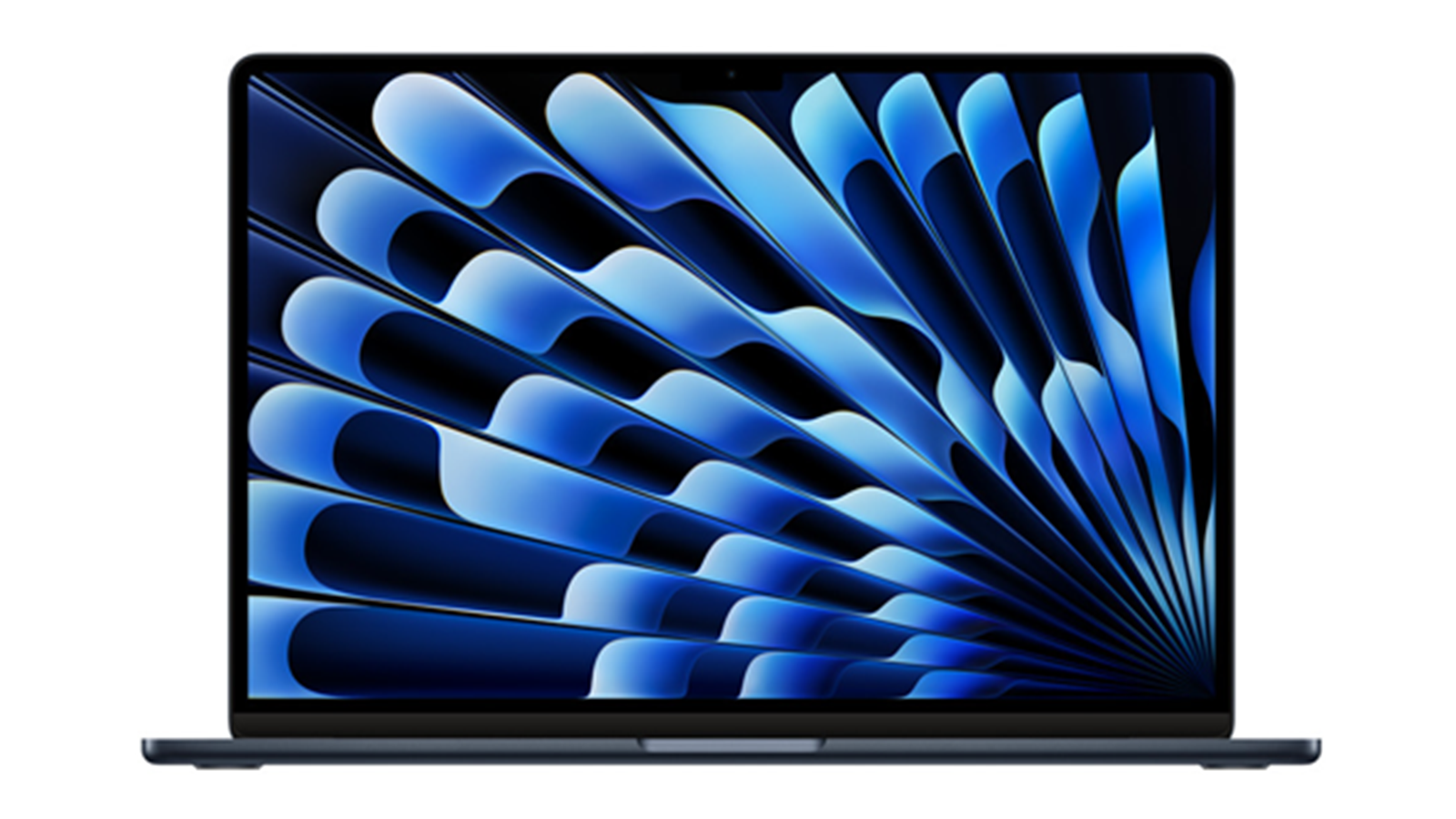
MacBook Air 15-inch (M3)
Our expert review:
Specifications
Reasons to buy
Reasons to avoid
✅ You want a cheaper MacBook: It's the cheapest of the large-screen MacBooks available.
✅ You're looking for a portable big-screen device: The Air is 0.45 inches thick and you get a great amount of screen real-estate.
❌ You want a smaller laptop: The 13-inch version is lighter and smaller than its 15-inch counterpart.
❌ You want the most powerful MacBook: The M3 will be outgunned by the M3 Pro and M3 Max CPUs in the 16-inch MacBook Pro.
🔎 The MacBook Air 15-inch (M3) is a compact and versatile machine that offers a balance between power, portability, and price. ★★★★★
Our pick for the best MacBook for students is the base 15-inch MacBook Air M3 model, which is perfectly balanced for portability, functionality and price point. We mentioned in our review of its predecessor, the MacBook Air 15-inch (M2), that it's the ultimate student laptop
While there are cheaper options out there, with the 15-inch version you get the same great performance the M3 chip allows for plus more screen real estate, so you can really dive into any work that involves graphics or if you're looking for a device to watch shows or run intensive games.
You also avoid needing to shell out for a MacBook Pro, given this device is largely the same in terms of its internal components. It's also very portable, weighing just 3.3 lbs (1.4 kg) and measuring just 0.45 inches (11.43 mm) thick when the lid is shut.
That means you get the best of both worlds with a large and immersive display for viewing content or media and a fantastically portable machine that you can carry around with you when working on the go or on the way to lectures. There's also a fantastic battery life and a variety of colors you can pick up this device including Midnight, Starlight, Space Grey and Silver.
Attributes | Notes |
|---|---|
Design | Same great design as the previous generation's MacBook Air |
Functionality | Highly portable for a large-screen laptop |
Performance | Fantastic performance with an upgraded M3 chip |
Most portable MacBook

Specifications
Reasons to buy
Reasons to avoid
✅ You want to work on the move: This is the lightest and most portable MacBook available.
✅ You don't need to run heavy workloads: The base model is perfectly capable of running basic tasks smoothly.
❌ You want a larger screen: You get plenty of real estate in a 13-inch laptop but if you want more room, consider a larger device.
❌ You are investing in a machine for creative work: While performance is solid, you will need more memory to copy with running multiple intensive programs.
🔎 The MacBook Air 13-inch (M3) is a portable powerhouse that is ideal for working on the move. ★★★★½
The MacBook Air has been widely recognized by Apple and others as being the developer's most popular laptop and it's obvious why.
Its stunningly elegant design is coupled with a lightness you don't get with the MacBook Pro (it weights 2.7 lbs versus the MacBook Pro's 3.4 lbs). It also performs on par thanks to the inclusion of an M3 chip. We mentioned in our MacBook Air M2 review that the device offers the perfect blend of power and portability for students — and the M3 version is no different.
With the base model available for just over $1,000, you could do much worse than one of the best laptops out there — and you also get the popular MagSafe charging option, 1080p webcam and a gorgeous Liquid Retina display with the price.
You can also pick it up in a handful of great colors including Silver, Space Gray and Starlight — but we have a soft spot for the Midnight coating. While you can pick it up for a reasonable price, we would always recommend looking for at least 16 GB "unified memory" if you're looking to do anything beyond browsing and typing up notes, however, but it's nonetheless a zippy laptop that's well worth the price.
Attributes | Notes |
|---|---|
Design | Exquisite build quality and premium MacBook design |
Functionality | The most portable MacBook at your disposal |
Performance | Excellent at simple tasks but you may wish to consider a heftier laptop if you need more than that |
MacBook with the best battery life
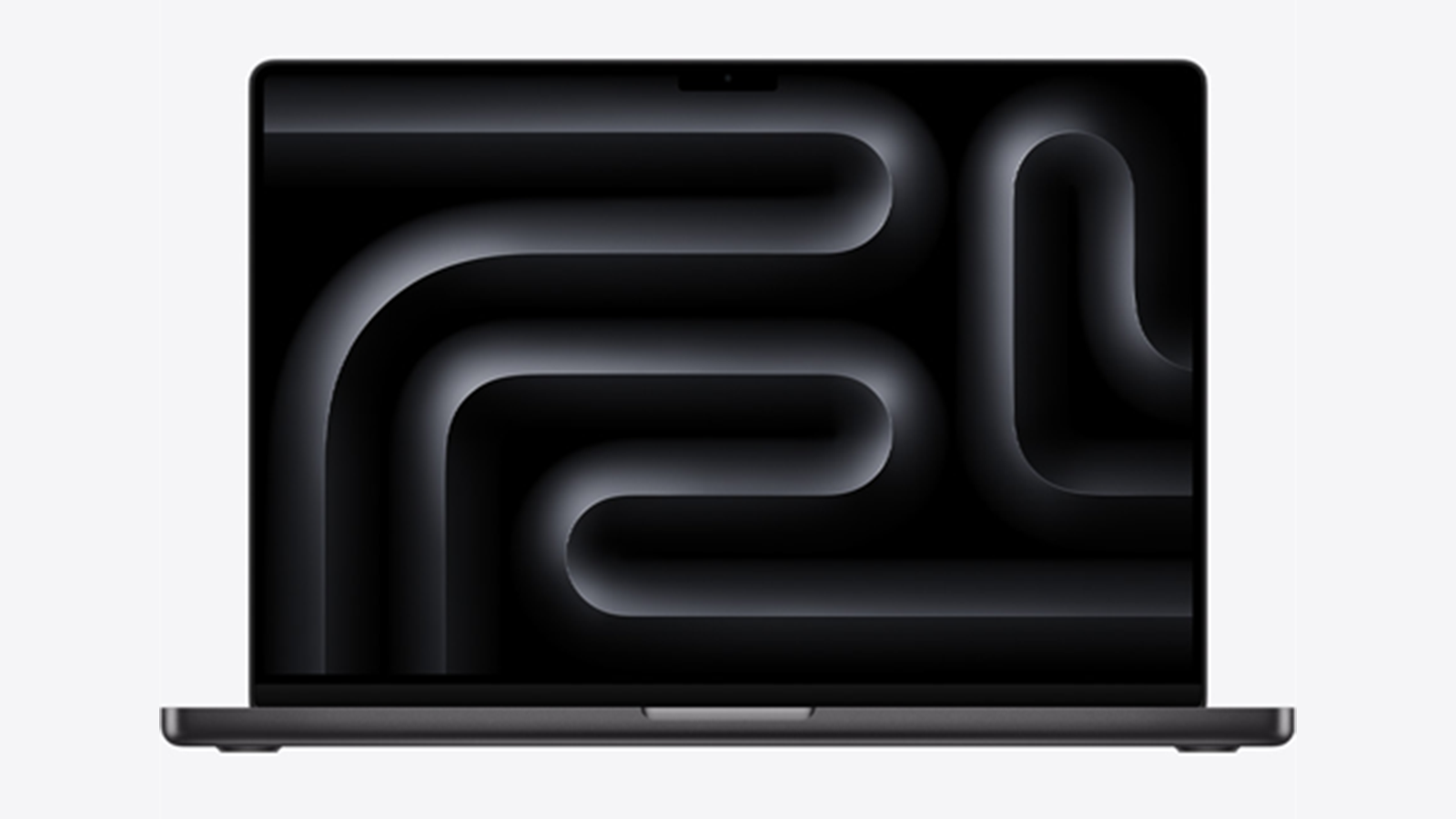
MacBook Pro 16-inch (M3 Max)
Our expert review:
Specifications
Reasons to buy
Reasons to avoid
✅ You want the best battery life: This MacBook is hands-down the longest-lasting Apple device you can get right now.
✅ You want the best of the best: You also get the best display, and performance alongside the best battery.
❌ You want the best value for money: The M3 Max chip is exceptional but will be overkill for most tasks.
❌ You want a smaller screen: The smaller 14-inch MacBook Pro and the 13-inch MacBook Air also have excellent batteries.
🔎 The MacBook Pro 16-inch (M3 Max) is a monstrous machine that will last longer that anything else. ★★★★
No matter which MacBook you pick up, you can guarantee that you are bound to get a device that can last you a full day, and beyond if you're not planning on using it throughout.
The latest MacBooks last between 18 hours and 22 hours depending on the model you pick up and how you're using it, but the best of all is is the MacBook Pro 16-inch (M3 Max) — which is also the most powerful and expensive MacBook you can buy right now.
According to sister site LaptopMag, the MacBook Pro 16-inch (M3 Max) lasted more than 18 hours in testing — which was better than other competing devices.
CNET also tested the latest MacBooks and found this version lasted more than 21 hours in testing. The next best device was the Apple MacBook Pro 14 (M3), which lasted 19 hours, followed by the Apple MacBook Air 13-inch (M3), which lasted 18 hours.
We would certainly recommend investing in the MacBook Pro 16-inch (M3 Max) if you're looking to marry ultimate performance and ultimate battery life — but, of course, this will set you back a fair amount and it might not represent the best value for money.
Attributes | Notes |
|---|---|
Design | Expansive and immersive display underlines a fantastic overall build |
Functionality | Great collection of ports and still very thin, but a heavy machine |
Performance | Unrivalled performance — one of the most powerful laptops out there right now |
Cheapest MacBook

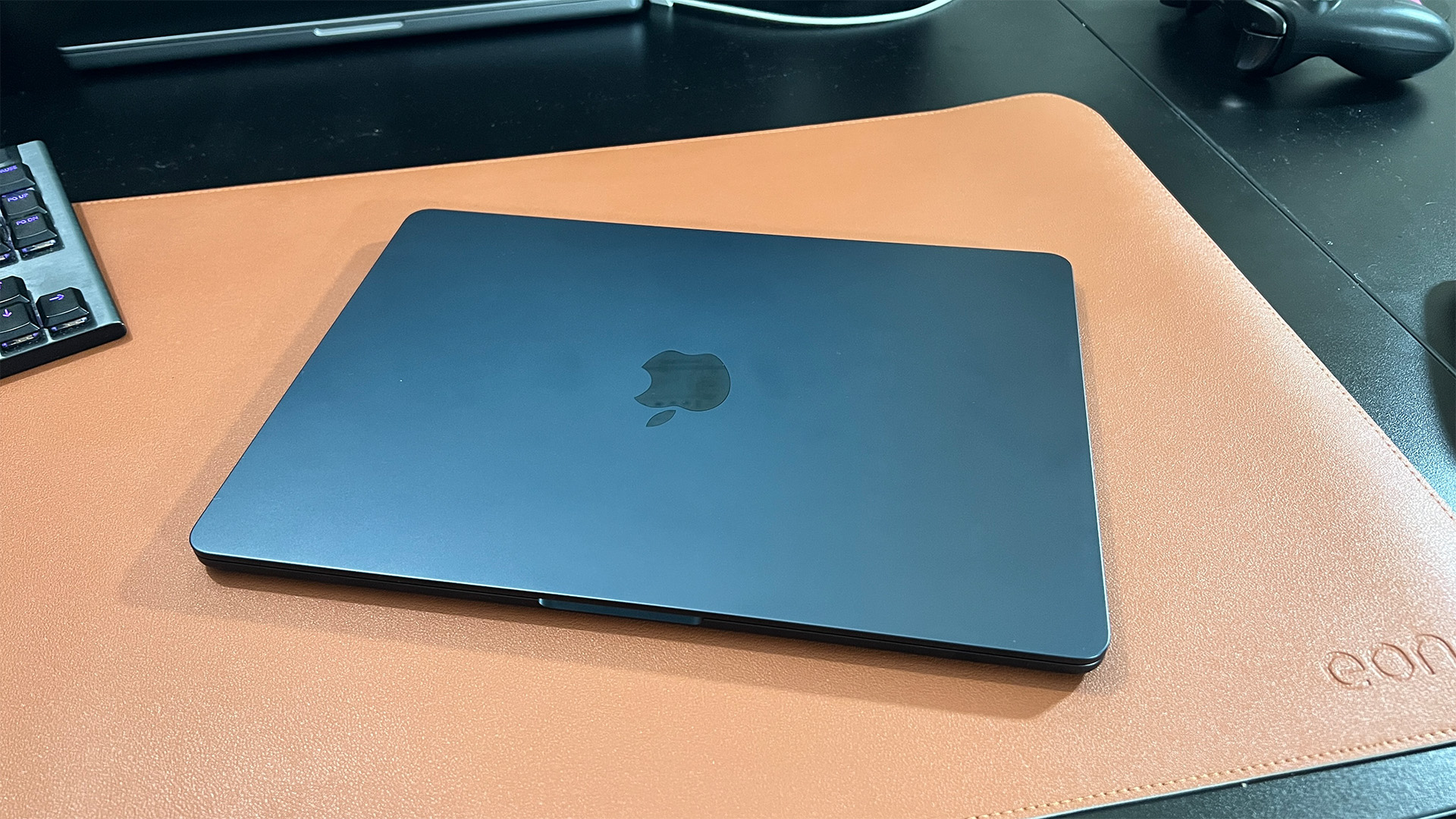
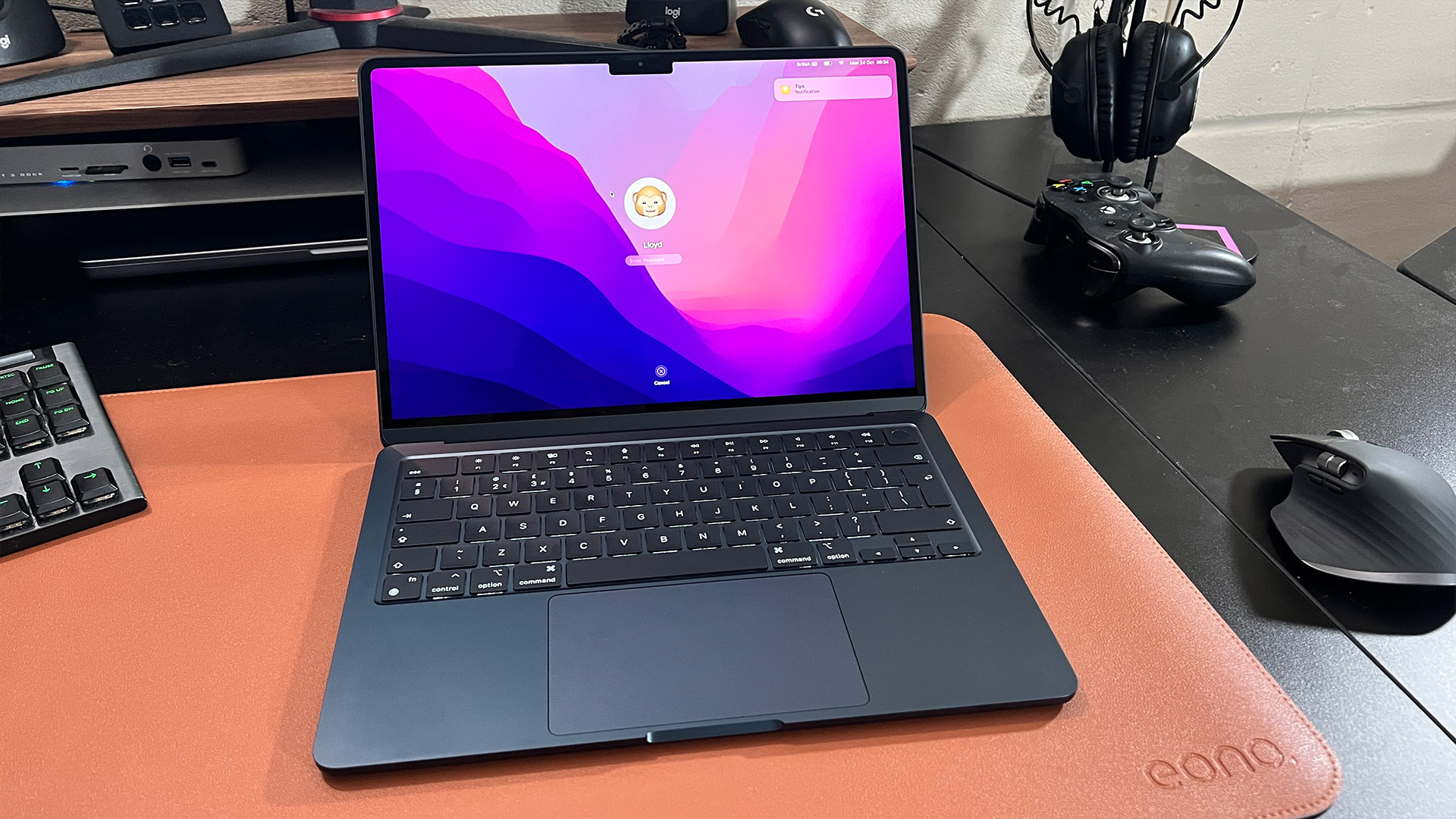
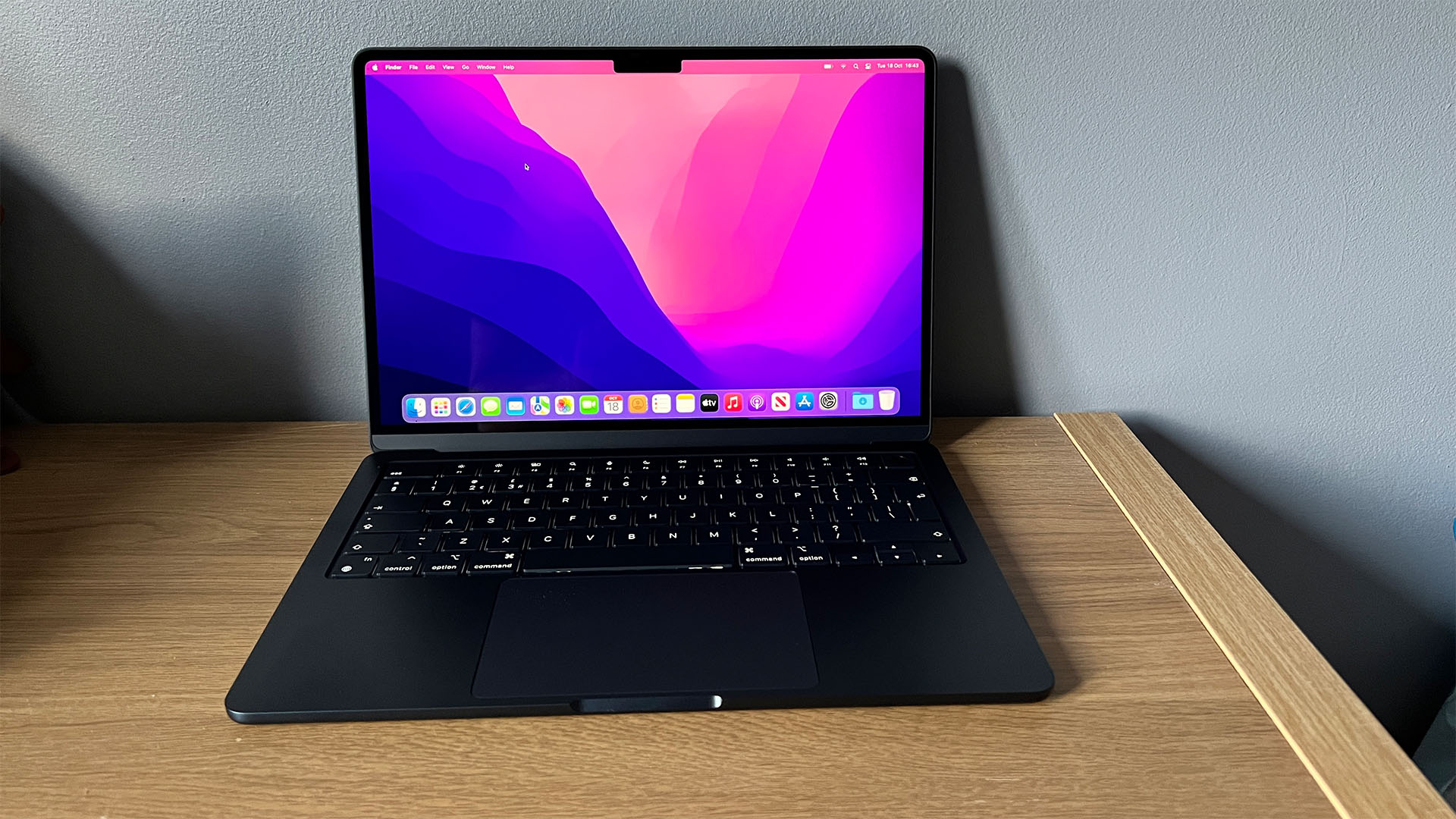
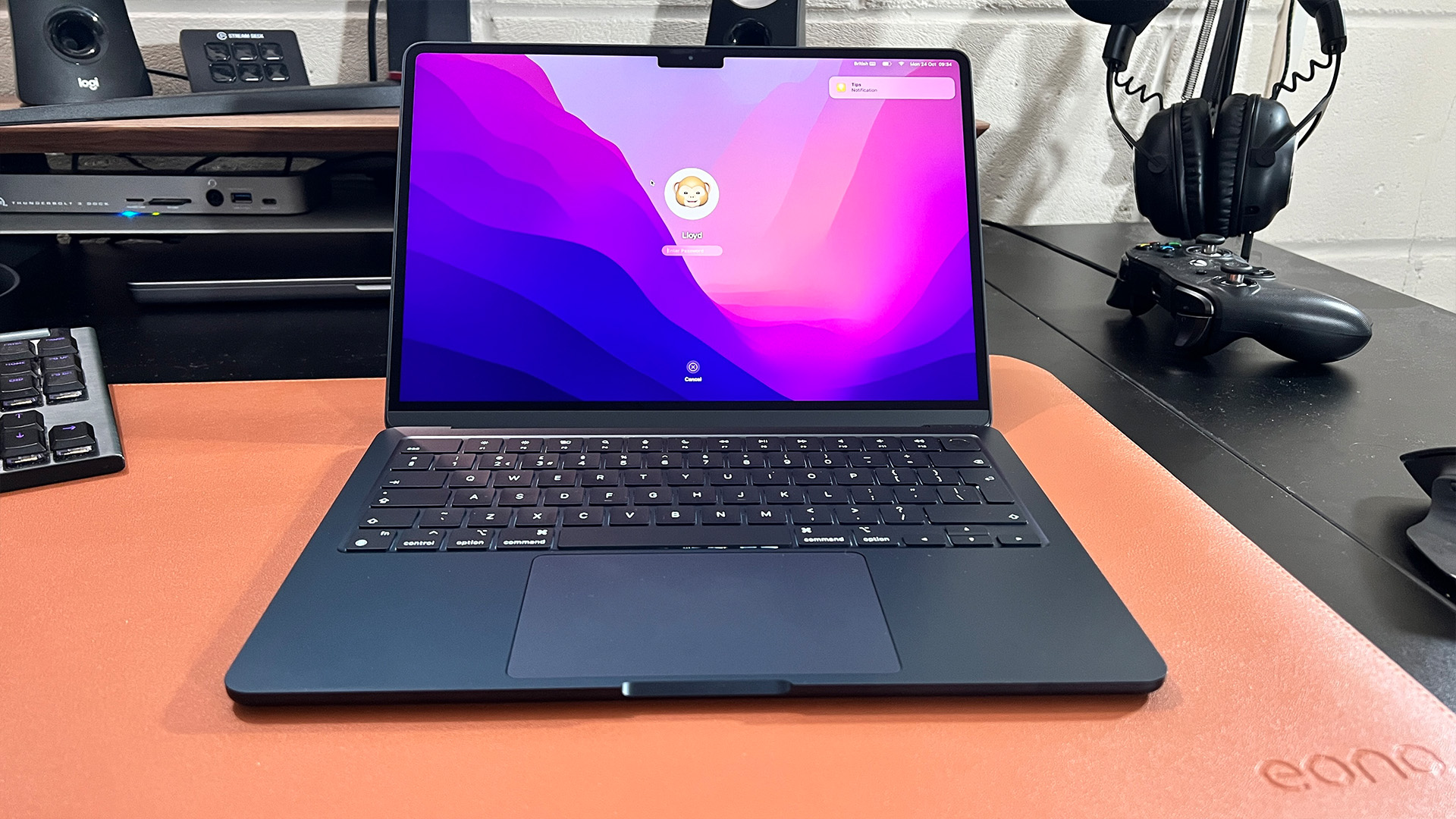
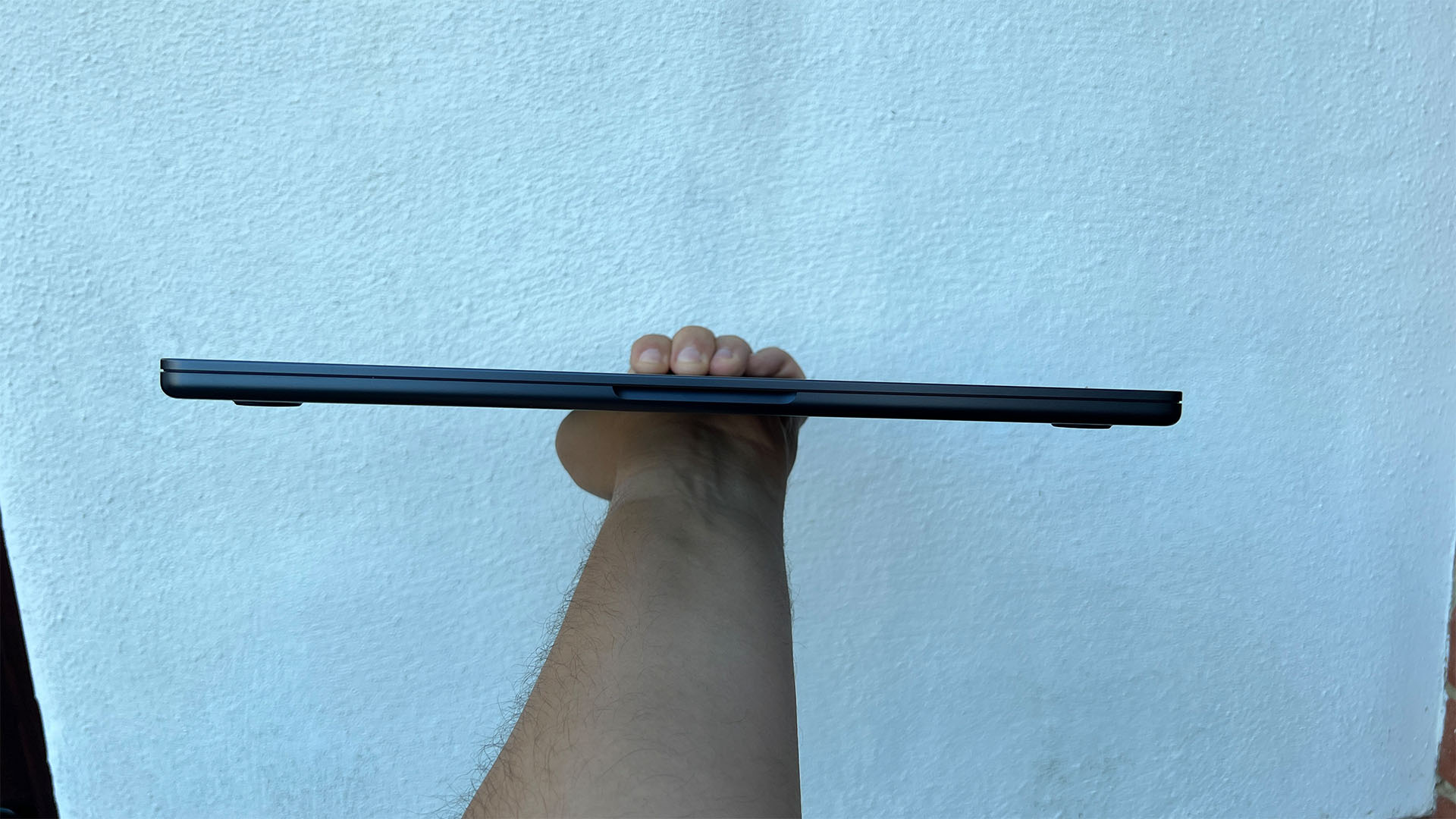
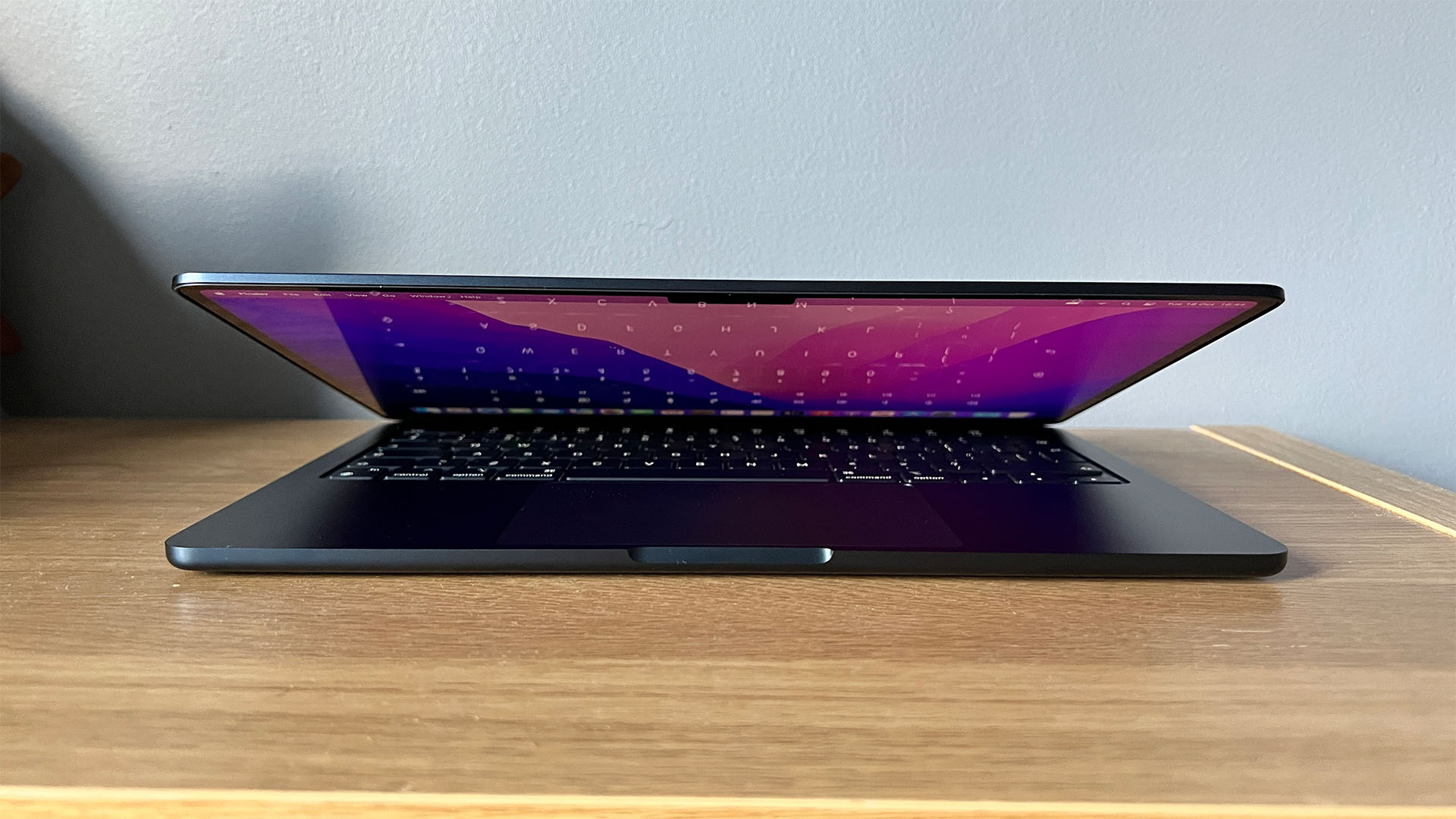
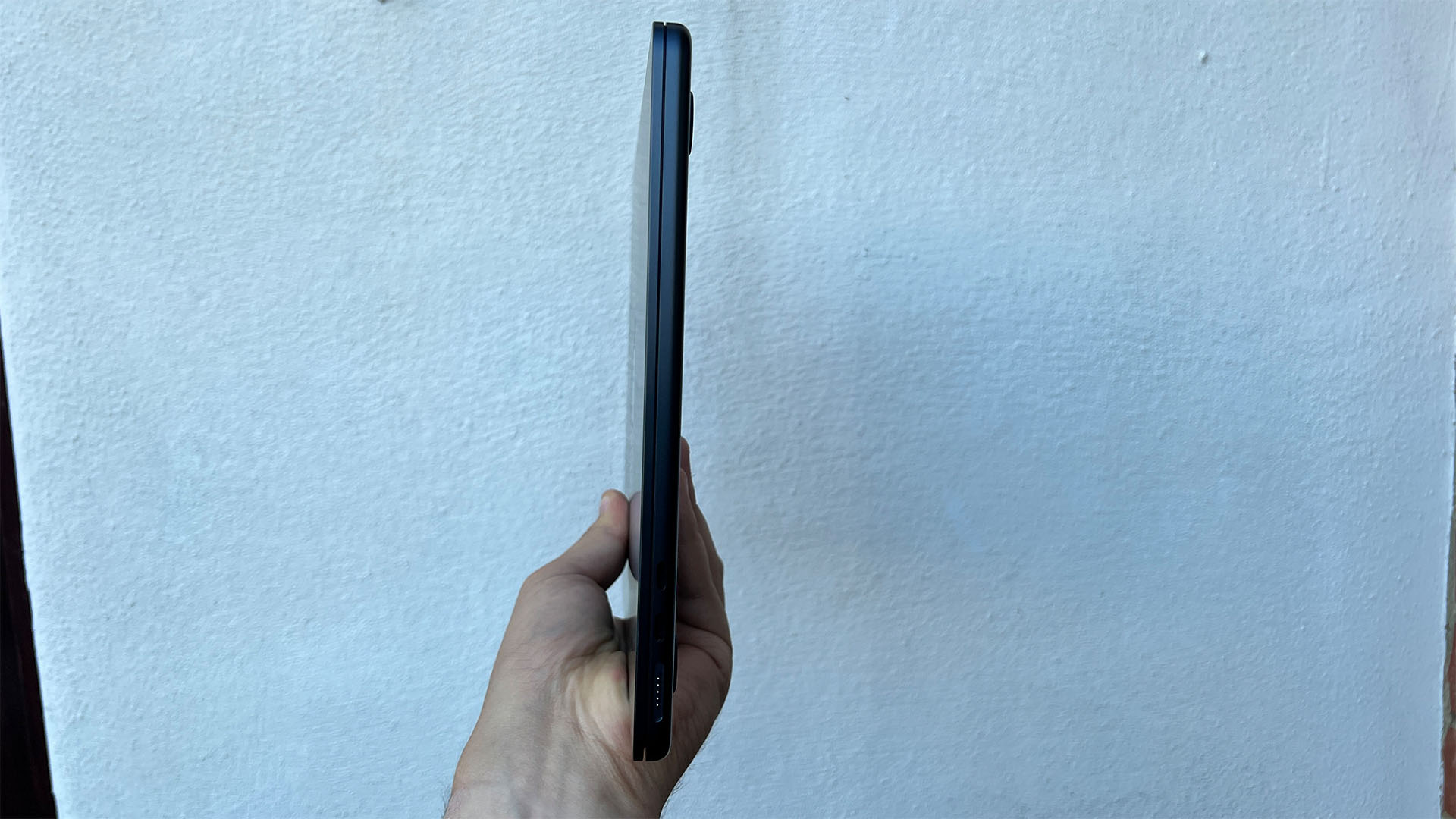

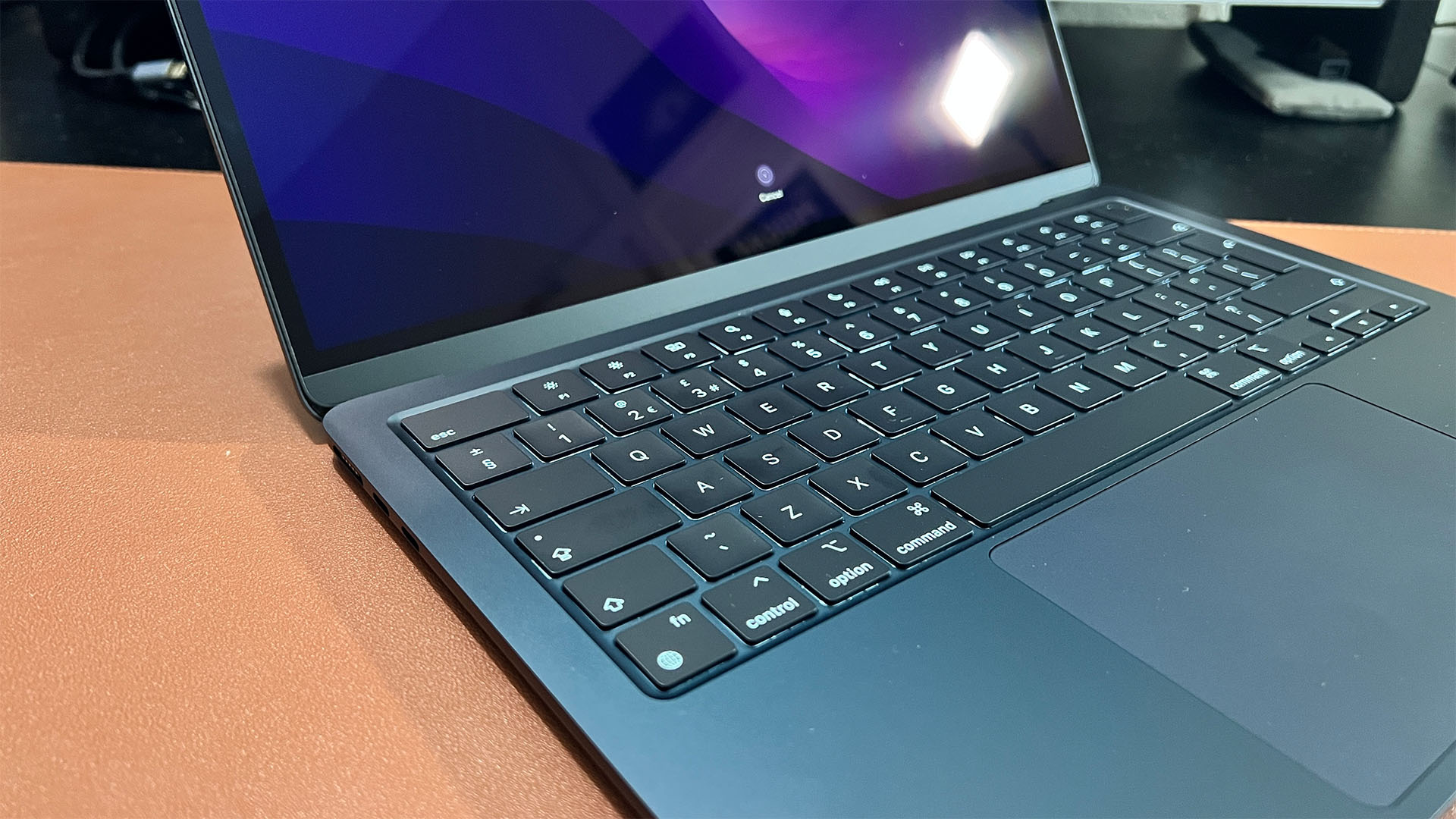
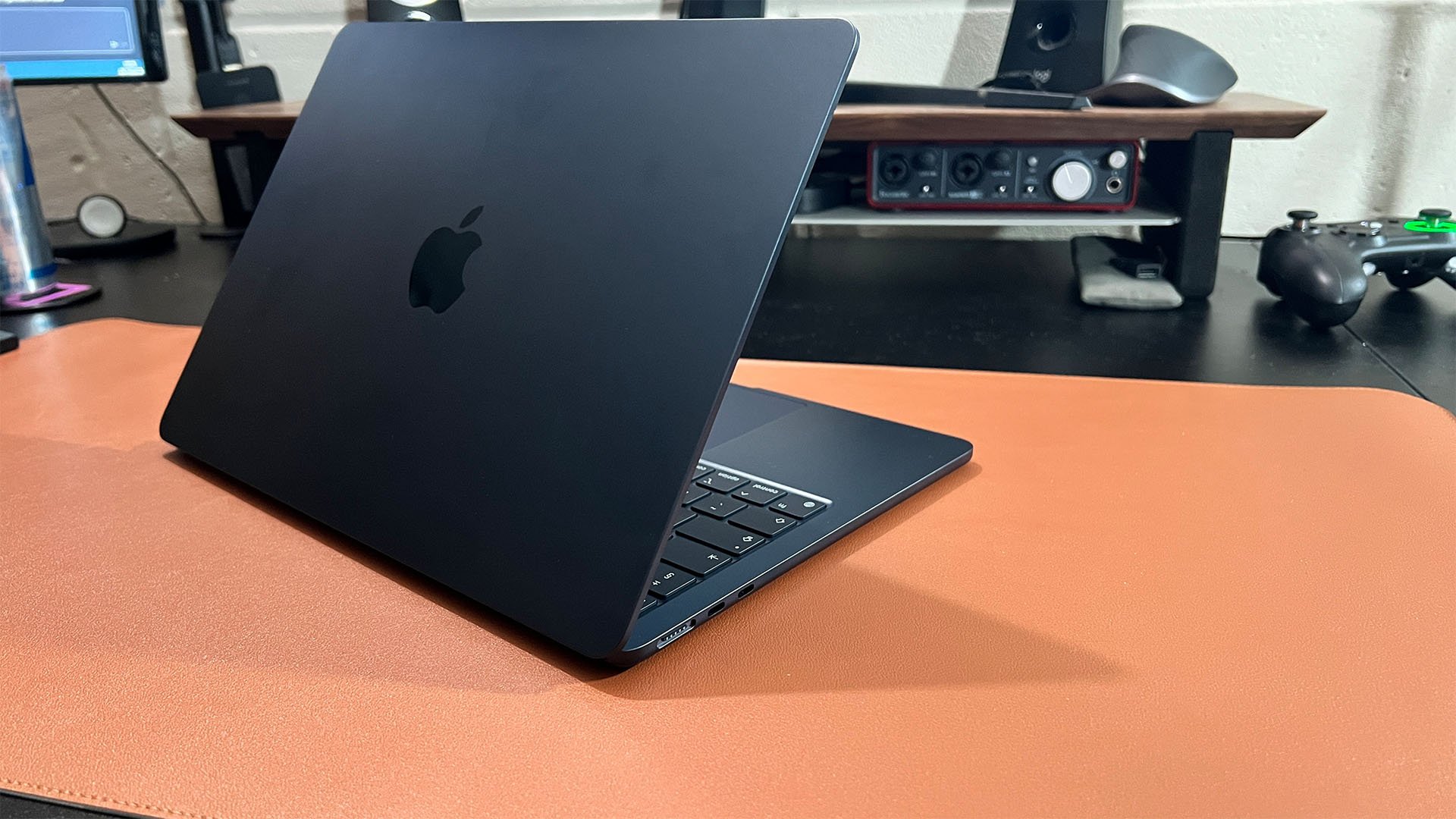
Specifications
Reasons to buy
Reasons to avoid
✅ You want value for money: This device is fantastically priced for the hardware you get.
✅ You're always on the move: Despite its age, it's still more than good enough to work with on the go.
❌ You want the most powerful specs: The M2 is one (soon to be two) generations old by now.
❌ You want a large screen: The smaller 13-inch screen is beneficial in plenty of ways unless you're working more creatively.
🔎 The MacBook Air 13-inch (M2) is a perfect laptop for students and you can grab it for less than $1,000. ★★★★★
While you can still pick up a refurbished version of the MacBook Air (M1) for a reasonable price, things have moved on a little since 2020 and we'd recommend looking at the MacBook Air (M2) instead, which you can pick up for less than $1,000 depending on the configuration you go for.
There are also a host of benefits that you get. For instance, you get a redesigned form factor, including a notch for the webcam, a brighter and sharper display and better performance overall thanks to the much-improved M2 chip.
We mentioned in our MacBook Air 13-inch (M2) review that the performance jump alone isn't enough to make it a "must buy," but it's a very easy recommendation given its slim profile, portability and powerful hardware.
We branded it the ultimate student laptop and it's an assessment we're more than happy to double down on given you'll be able to pick it up for much cheaper than it was when it was first launched.
There are some downsides to consider, however, such as the lack of some ports like HDMI and a smaller screen versus the 15-inch MacBook Air and 16-inch MacBook Pro — but that's a trade-off we're happy to make given how portable and lightweight this device is.
Read our full MacBook Air 13-inch (M2) review.
Attributes | Notes |
|---|---|
Design | Compact, stylish and effortlessly light |
Functionality | The most portable MacBook you can get but lacks ports and a bigger screen |
Performance | Great performance and better than many new Windows laptops |
Best MacBook for creatives
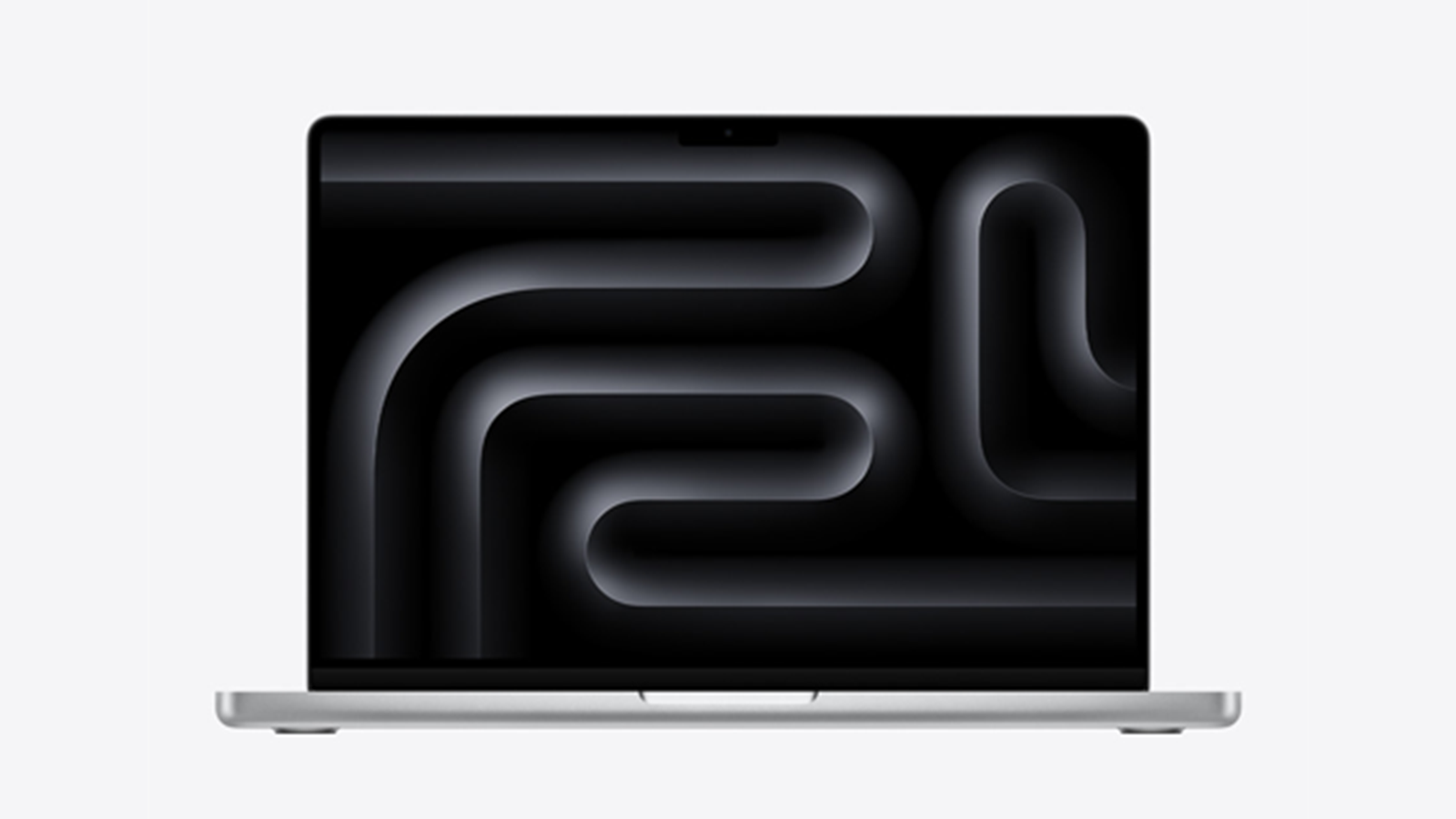
MacBook Pro 14-inch (M3 Pro)
Specifications
Reasons to buy
Reasons to avoid
✅ You want more firepower than the base model: The M3 Pro chip is a step up and offers much better performance
✅ You want to work on the go: This device couples its performance with fantastic portability in one package.
❌ You need the biggest possible screen: We'd recommend that 16-inch version if you want more screen space.
❌ You don't need as much power: The M3 MacBook Pro is good enough for most tasks and performs better than most new Windows laptops.
🔎 The MacBook Pro 14-inch (M3 Pro) gives you more power in a compact package that's ideal for working creatively on the move. ★★★★½
Attributes | Notes |
|---|---|
Design | Same great build and design quality you have come to expect |
Functionality | Plenty of ports in this portable package |
Performance | Excellent performance thanks to the M3 Pro chip |
Creatives looking to get the most out of a machine without breaking the bank should consider the MacBook Pro 14-inch (M3 Pro).
While this sits rather awkwardly in the middle of the M3 and M3 Max versions of the MacBook Pro it offers plenty of firepower without completely breaking the bank. It's especially useful if you have more of a budget and you're hoping to go beyond the basic performance levels of the M3 chip.
Creatives will appreciate the extra firepower afforded with the M3 Pro chip and 18 GB unified memory — and you can have plenty of storage too (picking from 512 GB or 1 TB SSD options) — all for much less than you would expect to pick up a MacBook Pro fitted with the M3 Max chip.
This most powerful version of the MacBook Pro 14-inch is worth approximately $1,000 more than the best M3 Pro configuration — and may be overkill for many creative tasks.
The smaller screen also means working on the move is far more comfortable than if you're using a 16-inch device, which despite being exceptionally thin for a large-screen machine is a little less versatile.
Attributes | Notes |
|---|---|
Design | Same great build and design quality you have come to expect |
Functionality | Plenty of ports in this portable package |
Performance | Excellent performance thanks to the M3 Pro chip |
Best MacBook for video editing
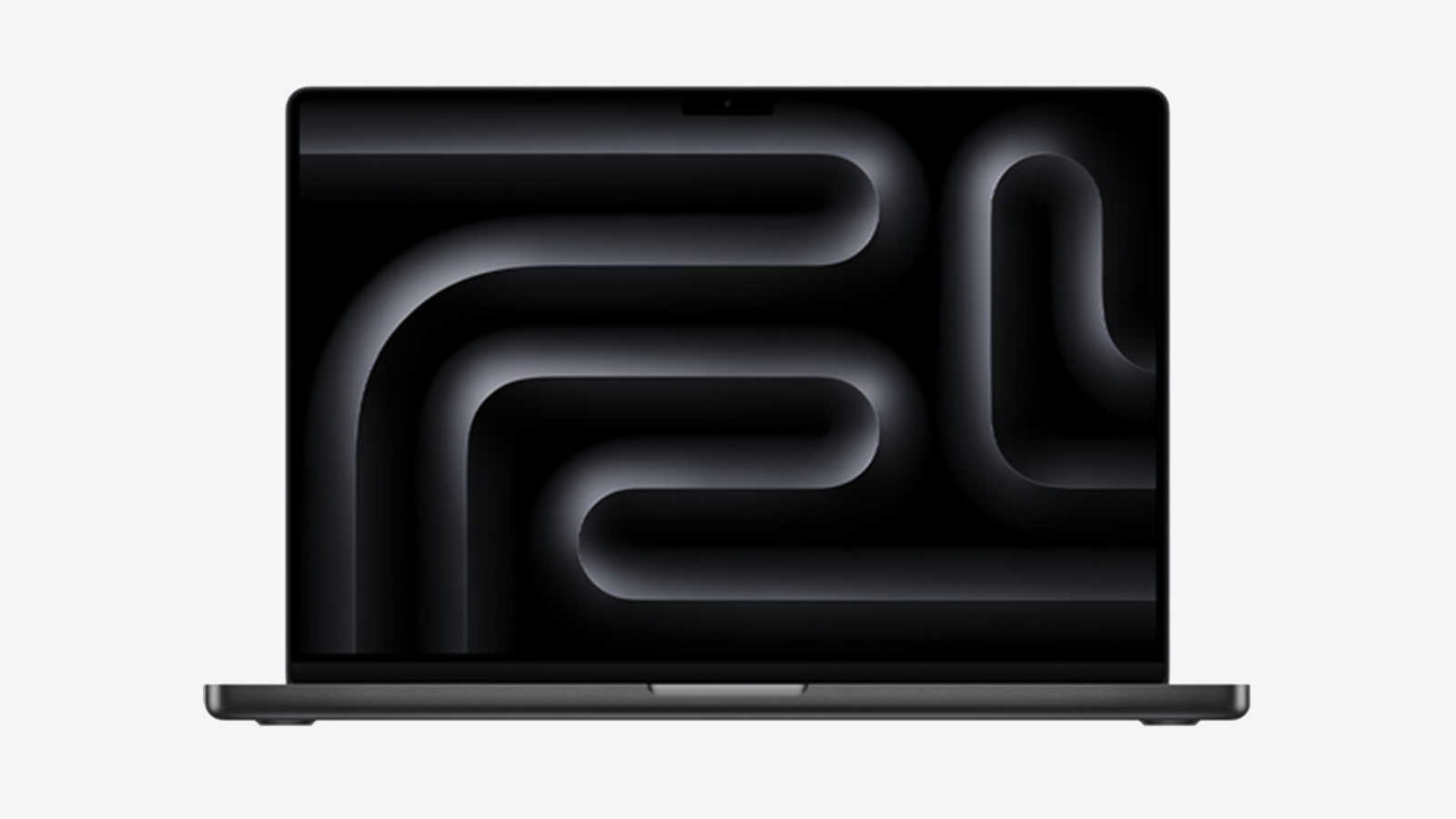
MacBook Pro 16-inch (M3 Pro)
Our expert review:
Specifications
Reasons to buy
Reasons to avoid
✅ You need a big screen: The largest MacBook you can buy offers plenty of room to dive into any video work you're doing.
✅ You want to run heavy workloads: The M3 Pro chip is a step up on the base version.
❌ You are working to a tight budget: Consider downgrading to a MacBook Air 15-inch (M3) if you're strapped for cash.
❌ You need something more portable: If you can get away with a smaller and lighter device, the MacBook Pro 14-inch (M3 Pro) is the one for you.
🔎 The MacBook Pro 16-inch (M3 Pro) is as close to the ultimate experience you can get and comes with a stunningly immersive display. ★★★★½
You can take everything we said about the MacBook Pro 14-inch (M3 Pro) and apply it to the 16-inch version. While we don't see many drastic improvements over its sibling in terms of performance or functionality — you get the same number of ports for example — there are a few things worth highlighting.
Firstly, and most obviously, you get a much bigger and better display, which is essential if you're working with video. The bigger display real estate means you'll be able to get a much closer look at the footage you're cutting, and you won't need to worry about plugging into an external monitor while on location or while on the move. It's very much a desktop-level workstation in a much more portable package.
This extra peace of mind is worth the larger chassis, which may mean carrying it around is a little tougher than if you had the 14-inch version, but it's still extremely portable for a large machine.
The MacBook Pro 16-inch (M3 Pro) also comes a fast charger as standard, so you can get that little extra juice if you need to charge up your device while on the move.
Attributes | Notes |
|---|---|
Design | The largest MacBook you can buy with a stunningly immersive display |
Functionality | Has everything you could ask for from a premium MacBook |
Performance | Excellent performance but you can upgrade to the M3 Max for ultimate firepower |

Keumars is the technology editor at Live Science. He has written for a variety of publications including Space.com, ITPro, The Week Digital, ComputerActive and TechRadar Pro. He has worked as a technology journalist for more than five years, having previously held the role of features editor with ITPro.
MacBook student discount
Apple has long offered educational discounts for students looking to invest in the company’s products, and that means you can save big bucks on a Mac and iPad right now.
If you’re a student or faculty staff, you’ll be able to save money on everything from the iMac, to the Pro Display XDR using your student ID credentials at Apple’s education store.
Apple also runs regular “back to school’ promotions, ranging from additional Gift Cards that can be redeemed for hardware, software, or services like Apple Music. The company also offers occasional discounts on its AppleCare+ insurance, helping with repairs for things like out-of-warranty screen cracks or water spillages. That can be particularly helpful when transporting your shiny new laptop from a dorm to a classroom and back, giving you peace of mind.
Frequently Asked Questions (FAQs)
Are MacBooks best for students?
As with any laptop, whether a MacBook is the best fit for you will largely depend on your use case (and your budget). MacBooks are an excellent choice for almost any productivity task, particularly now that they’re powered by Apple’s own powerful, efficient M-series chips. If you’re primarily going to be using your laptop in the classroom, for projects, or for other multitasking-heavy exercises, a MacBook is an excellent choice.
That said, MacBooks tend to be more expensive than Windows machines with comparable performance, so if you’re on a budget, an Apple product may not be in the forecast. Also, MacBooks aren’t the best choice for gamers, given the profusion of titles that never make their way to MacOS (though this situation has improved dramatically in recent years).
Is a MacBook worth it for students?
As alluded to above, MacBooks may not be feasible for students on a shoestring budget. However, there are ways to help alleviate some of the high cost associated with Apple’s laptops. The first and most obvious is to wait for a sale, which tend to happen frequently at retailers like Amazon. This is especially true when a new model goes on sale: older models tend to see steep discounts when the next generation appears to muscle them out of the top of the listings.
In general, looking to older models is a very viable option when shopping MacBooks, due in large part to how reliable they tend to be even as they age. If you don’t need cutting edge performance, a MacBook with the previous generation of M-series chips, or opting for a MacBook Air instead of a pricier Pro, is a valid alternative.
Which MacBook is best for students?
One of the best characteristics of the MacBook line is its range and versatility. Beyond the option of a slighter, sleeker Air versus a mighty Pro, because MacBooks tend to be reliable and long-lasting, you can typically find older models for sale at deep discounts. For a solid value that balances price and specs, the latest (M3) version of the 13-inch MacBook Air checks a lot of boxes, though if you’re looking for a bargain option that strikes a similar balance, the older M2 version is still completely viable, particularly if you’re primarily interested in a productivity machine.
Is a MacBook Pro or Air better?
Whether a Pro or Air is a better fit for you will depend mostly on your budget, and to a lesser extent how you plan on using our laptop. If you’re only looking for a laptop to browse the web, do some light word processing, or other low-load productivity tasks, the Air is the obvious choice, as it’ll cost you less and is a sleeker, more portable option.
However, if you intend to do anything more processor (or GPU) intensive, like gaming or video editing, a Pro is the way to go. That said, you’ll need to be prepared to spend significantly more, especially if you want the latest M4-equipped model, but you’ll also be getting a much higher-performance machine. To somewhat diminish the steep pricing curve, you might consider a Pro from the previous chip generation or from last year, or one with a smaller display.
What are the disadvantages of a MacBook for students?
As mentioned above, the primary disadvantage of a new MacBook is price. MacBooks tend to be more expensive than similarly specced Windows machines, though that price difference is largely accounted for by a MacBook’s efficiency, reliability, and battery life. MacBooks also only come in a traditional laptop form factor, while on the Windows or Chromebook side, you can find devices ranging from 2-in-1 hybrids to clamshells, to tablets with detachable chiclet keyboards.
How long will a MacBook last you?
The average laptop will last you at least three years and up to eight or nine if you're lucky, speaking from experience. But at that point, you'll be looking to upgrade anyway. Anecdotally (and according to sites like Fruit Fixed) MacBooks have always been considered more built to last than most Windows machines. And that is more true for devices with Apple's custom silicon (M1 and beyond), which are future-proofed given their tendency to blow most other chips out of the water. Given the lengthy battery life in the latest MacBooks, you can also expect to undergo many more recharge cycles before it shows signs of deterioration. That, coupled with the fact that the hardware in the MacBook is engineered to work cohesively, means you are investing in a device that could last many years.
How we test
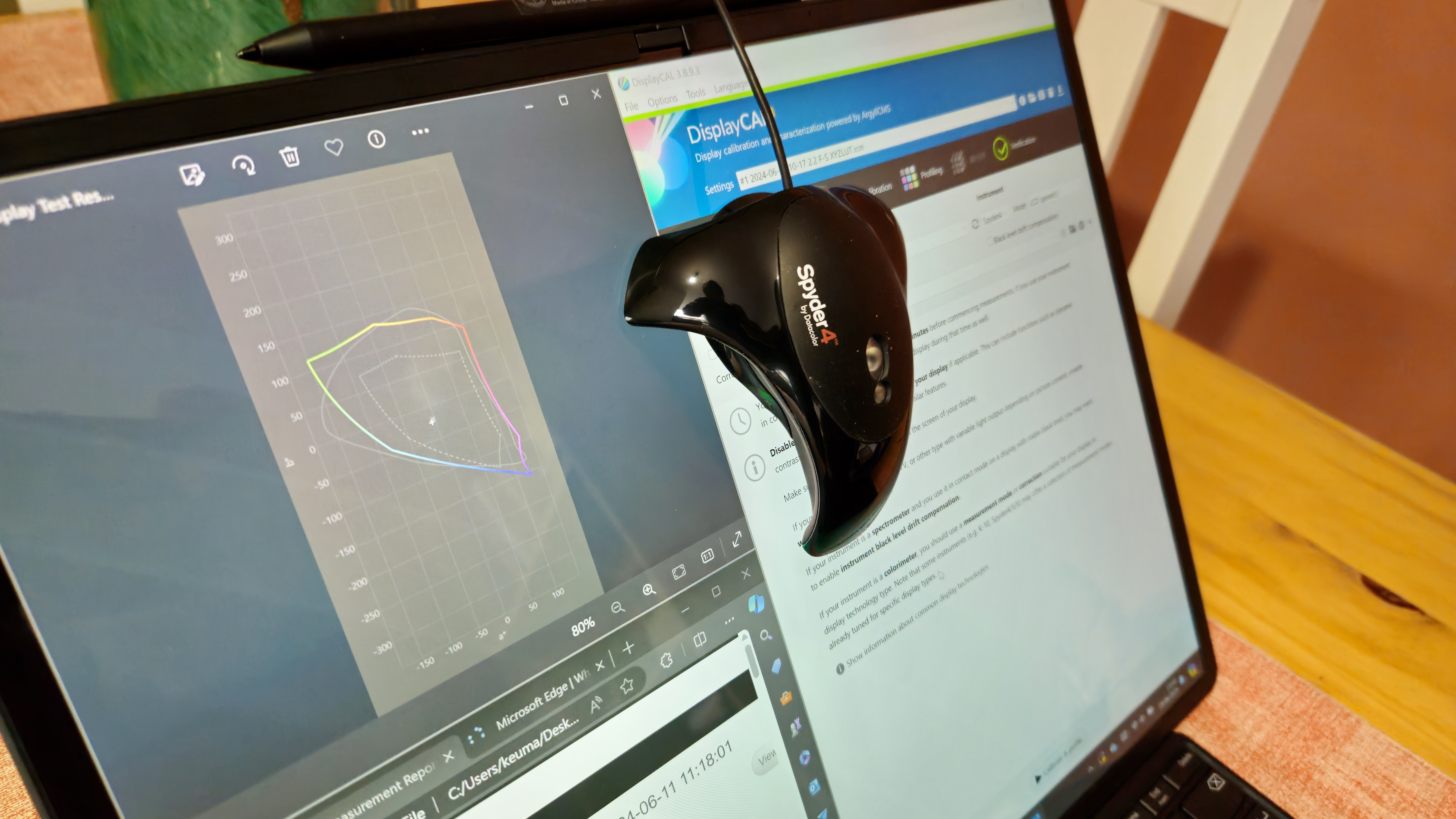
Picking the best MacBook for students is a challenge, not only because it's dependent on your workload, but because of the cost involved – Apple's machines are expensive, and there's no getting around that.
We test all our laptops to the same standard whether MacBook or Windows, running various benchmarks and tests — as well as getting hands-on with the machine — to determine what it's like using it and how it performs depending on what you might be looking for in a device. We run CPU and GPU benchmarks using Geekbench 6 to test a laptop's performance, while we run CrystalDiskMark to test how well its hard drive or SSD can handle data transfers.
Testing a laptop's display involves using a specialized display calibrator that can detect brightness levels, color accuracy, color volume, any undersaturation or oversaturation in the RGB space, as well as distortions against what we expect. We compare and contrast these results to determine how well the display may be suited to, say, video editing or other uses.
We also test the battery life of all laptops we review in a consistent way to make comparisons viable. We run a looped video in specific conditions with all automatic brightness and contrast settings turned off and we measure how long the laptop lasts before it runs out of battery.
Beyond benchmarking, we use these laptops day-to-day and run informal stress tests like playing several 4K YouTube videos at once, browsing, and using other applications a typical user might open. We also type with the device and get a general feel for what it's like carrying it around with us.
Everything you need to know before buying
You should ask yourself what you're looking for in a new MacBook and how exactly you intend to use it, and how often. If you need a device for note-taking, web browsing or to watch shows and movies, then a MacBook might feel like overkill.
But, on the other hand, they're stylish, built to last and are impressively engineered. So perhaps getting a cheap MacBook Air for under $1,000 is the best way forward. If you primarily need something to work with while on the move and that's much lighter than others, the MacBook Air 13-inch (M3) is the pick of the bunch.
For more firepower and intensive creative tasks or video editing, for instance, you should consider the MacBook Pro line — which offer more power in the form of upgraded M3 Pro and M3 Max chips and more ports.
Regardless of your needs, there will be a MacBook for you. Just be wary of the price, the size of the machine and how much power you will end up needing.
Sign up for the Live Science daily newsletter now
Get the world’s most fascinating discoveries delivered straight to your inbox.

Keumars is the technology editor at Live Science. He has written for a variety of publications including ITPro, The Week Digital, ComputerActive, The Independent, The Observer, Metro and TechRadar Pro. He has worked as a technology journalist for more than five years, having previously held the role of features editor with ITPro. He is an NCTJ-qualified journalist and has a degree in biomedical sciences from Queen Mary, University of London. He's also registered as a foundational chartered manager with the Chartered Management Institute (CMI), having qualified as a Level 3 Team leader with distinction in 2023.
- Lloyd Coombes
- Chris McMullenContributing writer

